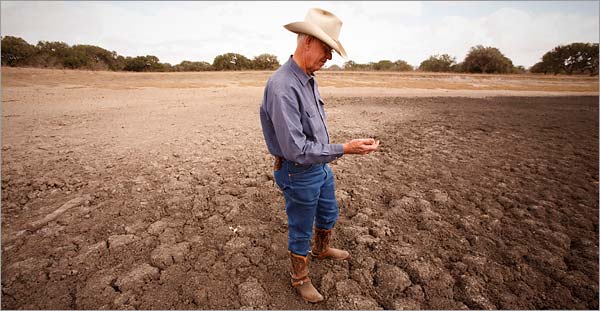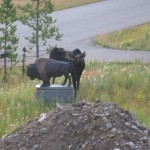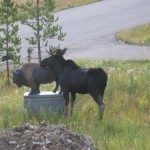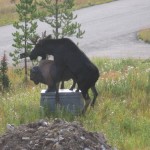Every landowner interested in learning more about wildlife and habitat management should take advantage of these free classes. The Texas AgriLife Extension Service and Texas Wildlife Association are co?sponsoring lunch-based “Wildlife for Lunch” webinars every third Thursday of every month throughout 2011. It’s a fast and easy way to learn more about wildlife management and habitat management from anywhere. Wildlife for Lunch webinars provide sound, science-based wildlife management options delivered by experts to you in the comfort of your own home or office.
These webinars are an interactive way for you to participate while learning about the natural resources, whether it be waterfowl management or pond management! Each web-?based seminar is fully interactive and allows you to engage the experts, make comments, and ask questions during the course of the presentation. ForestryWebinars.net is made possible through partnership with Texas AgriLife Extension Service, North Carolina State University Extension Forestry, and Southern Regional Extension Forestry Office. Continue reading Wildlife Management for Lunch Webinar Series



